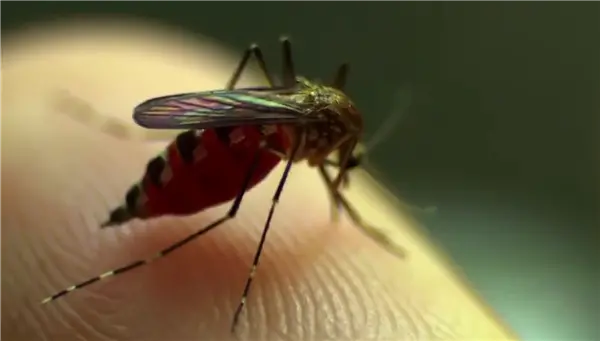Scientists at Imperial College London say new research shows that it takes 10 to 12 days for the malaria parasite to develop in mosquitoes and reach the salivary glands, where the mosquito bites infect people only after it reaches the salivary glands. So it is only necessary to delay the growth of the parasite to disrupt the entire transmission cycle.
To do this, the researchers genetically engineered Anopheles gambiae mosquitoes to secrete two proteins in their guts that slow the parasite’s development, one from the African clawed frog and the other from honeybees.
The results showed that it took a few more days for the malaria parasite to be detected in the mosquito’s head after genetically modified mosquitoes were infected, and the change also shortened the mosquito’s lifespan by several days, further reducing mosquito survival and risk. time of infection with malaria.
Malaria remains one of the world’s most devastating diseases, putting about half the world’s population at risk. In 2021, according to the World Health Organization, it will infect 241 million people and kill 627,000 people, mostly children under the age of five in sub-Saharan Africa.
In addition, there are research groups that are studying the use of gene drives to eliminate mosquito populations. For example, making all female mosquito offspring sterile, while male offspring remain fertile and continue to spread gene drives. In Brazil, millions of genetically modified male mosquitoes have been released to reduce wild mosquito populations.




GIPHY App Key not set. Please check settings